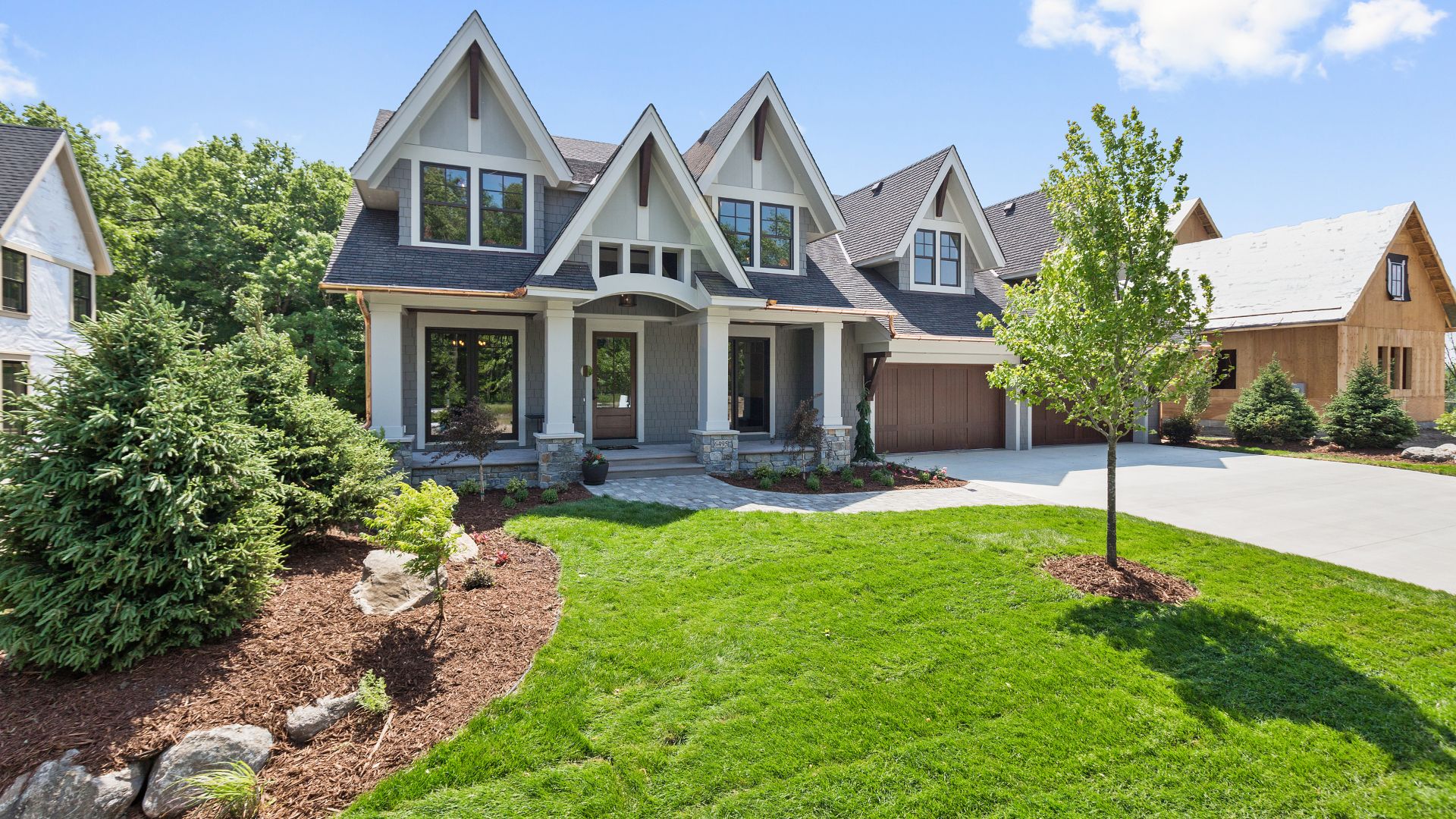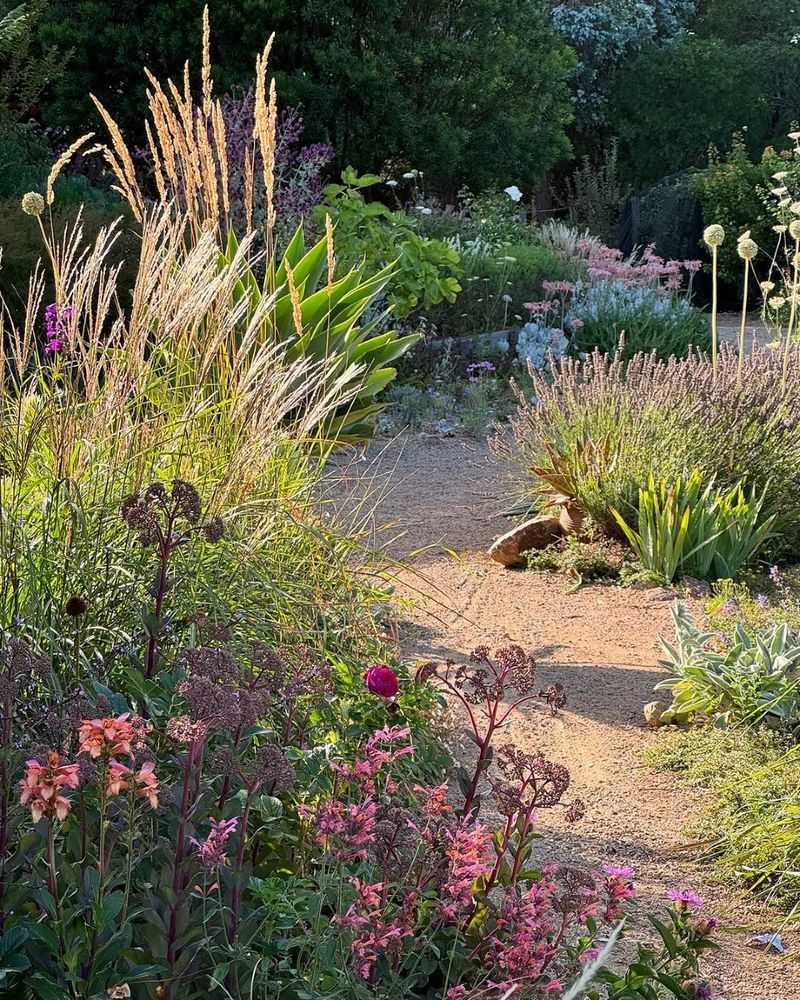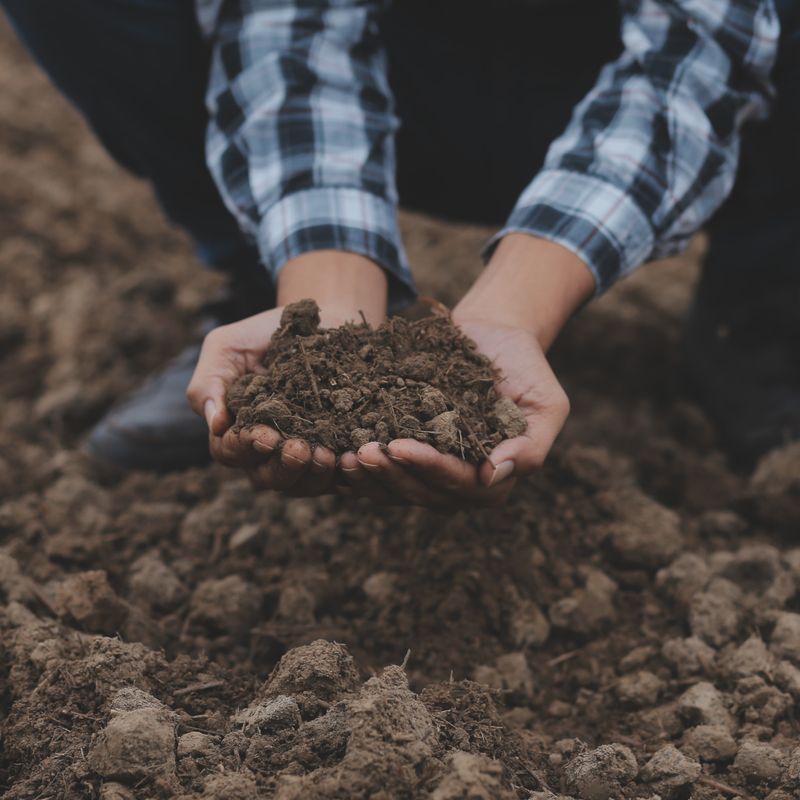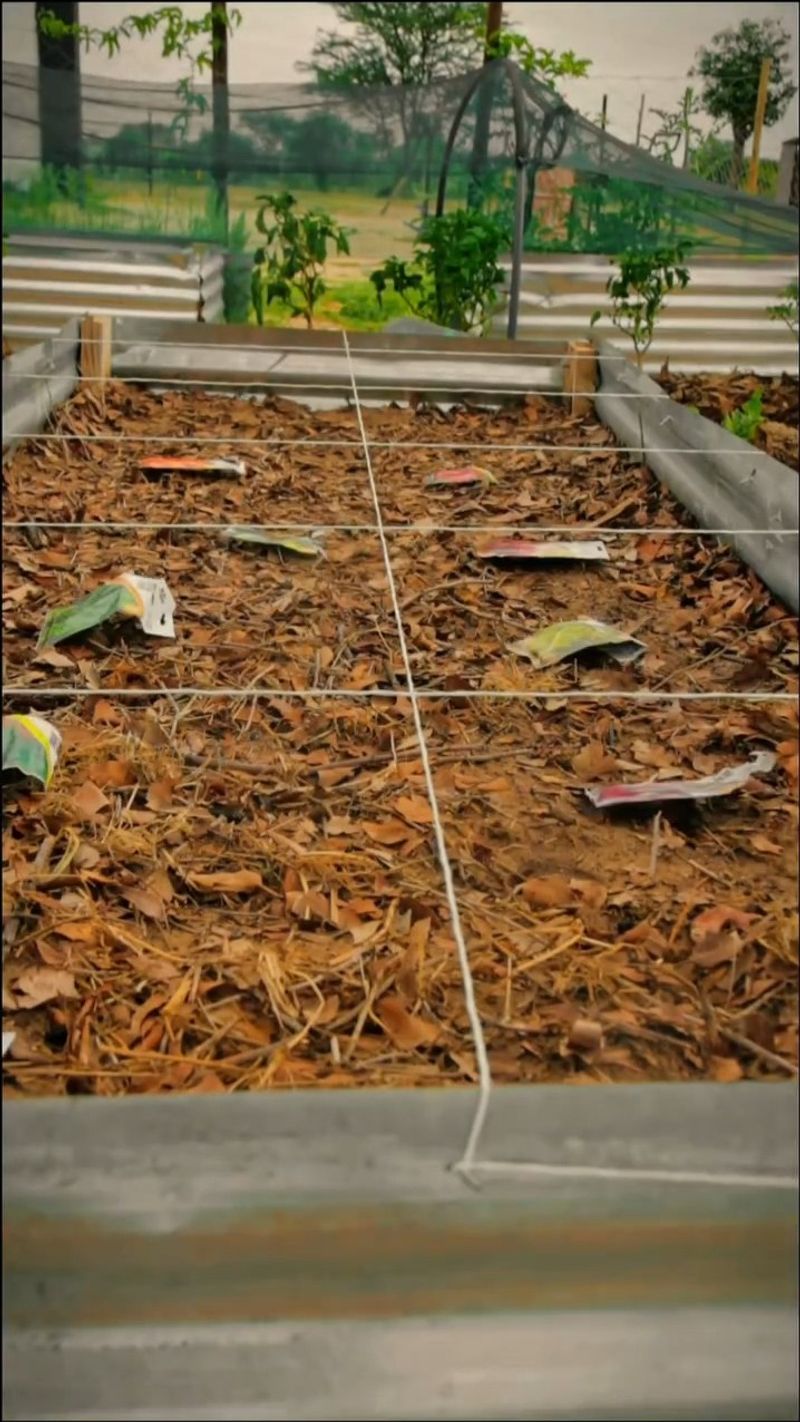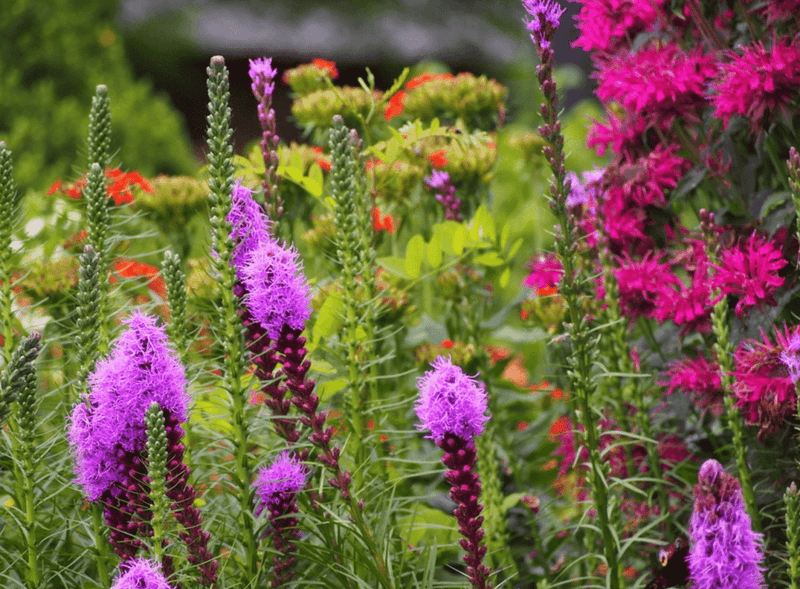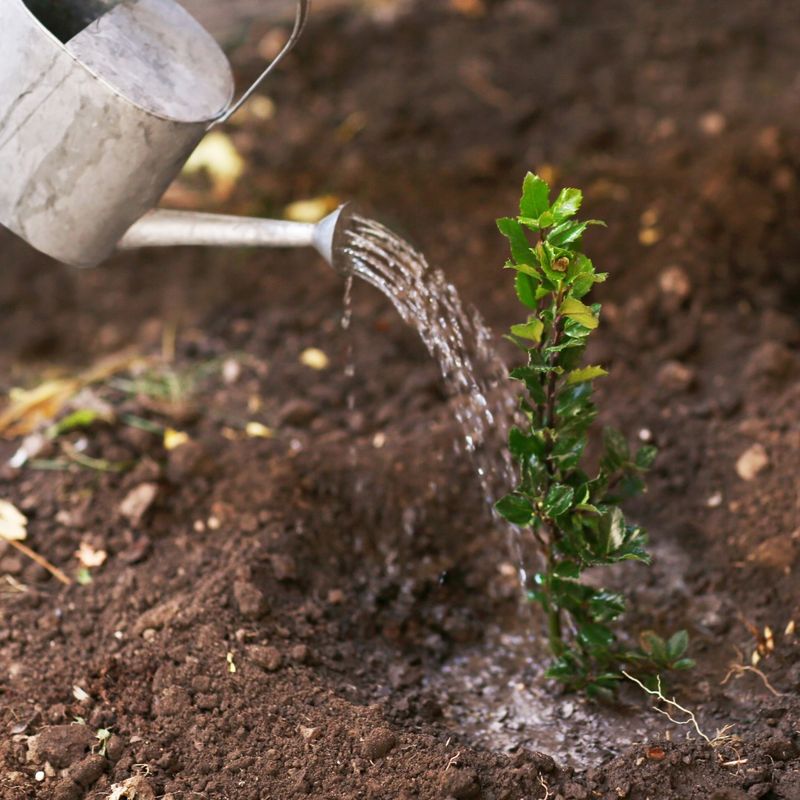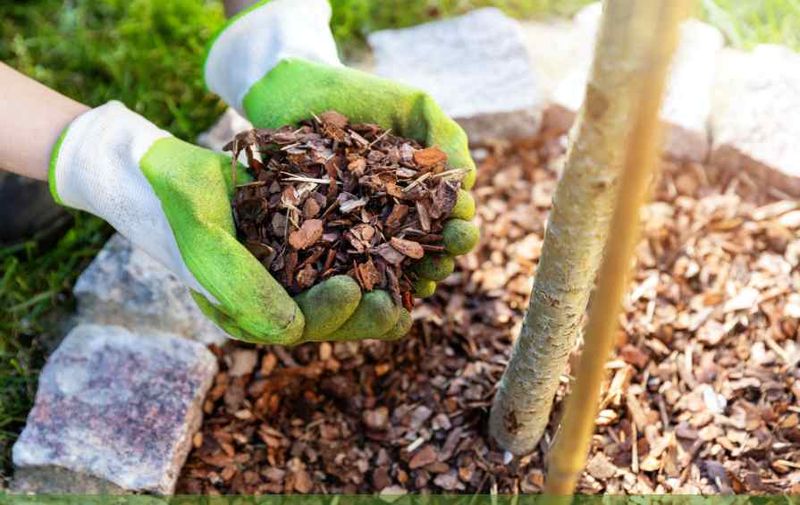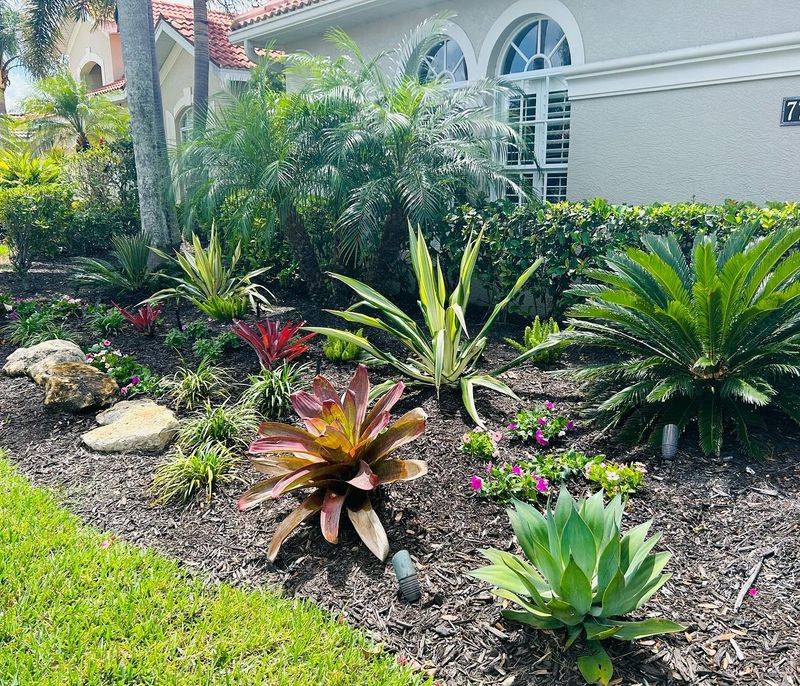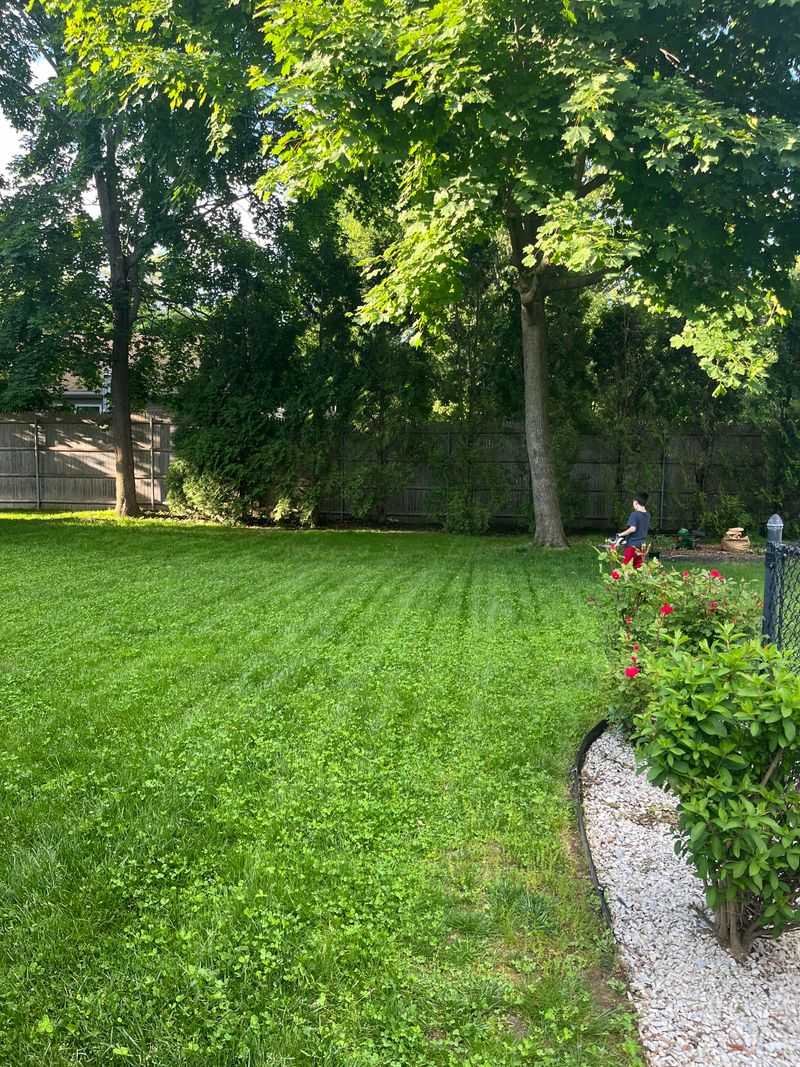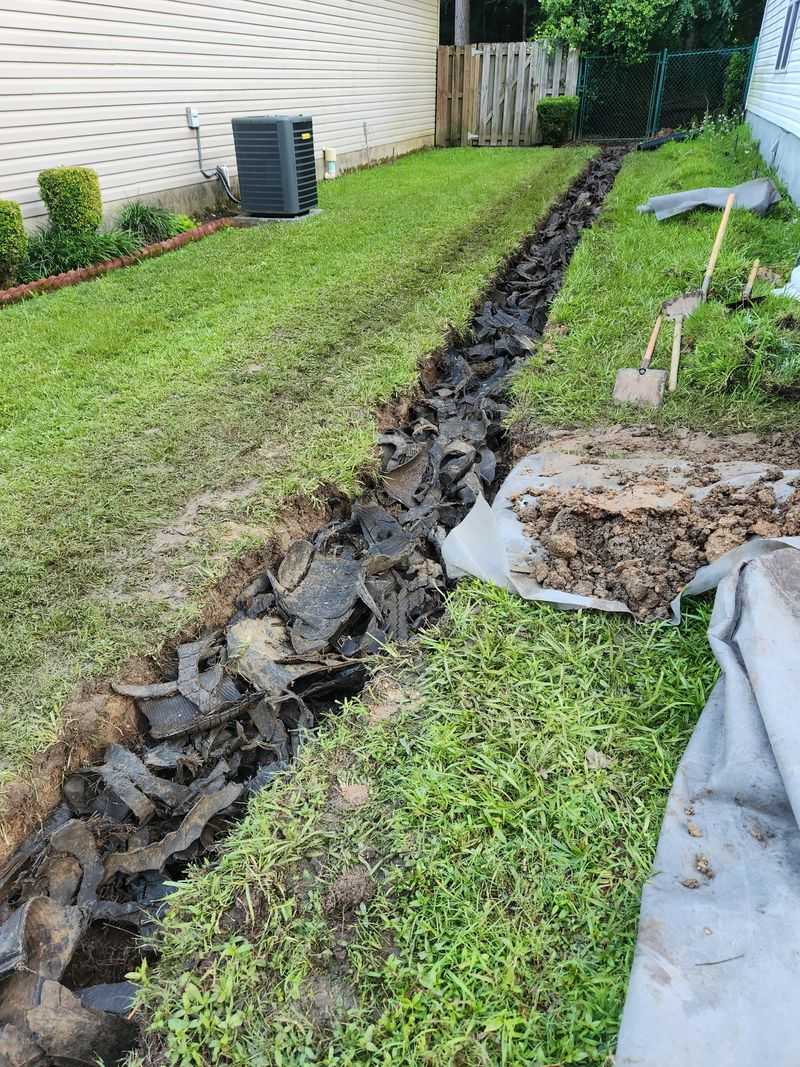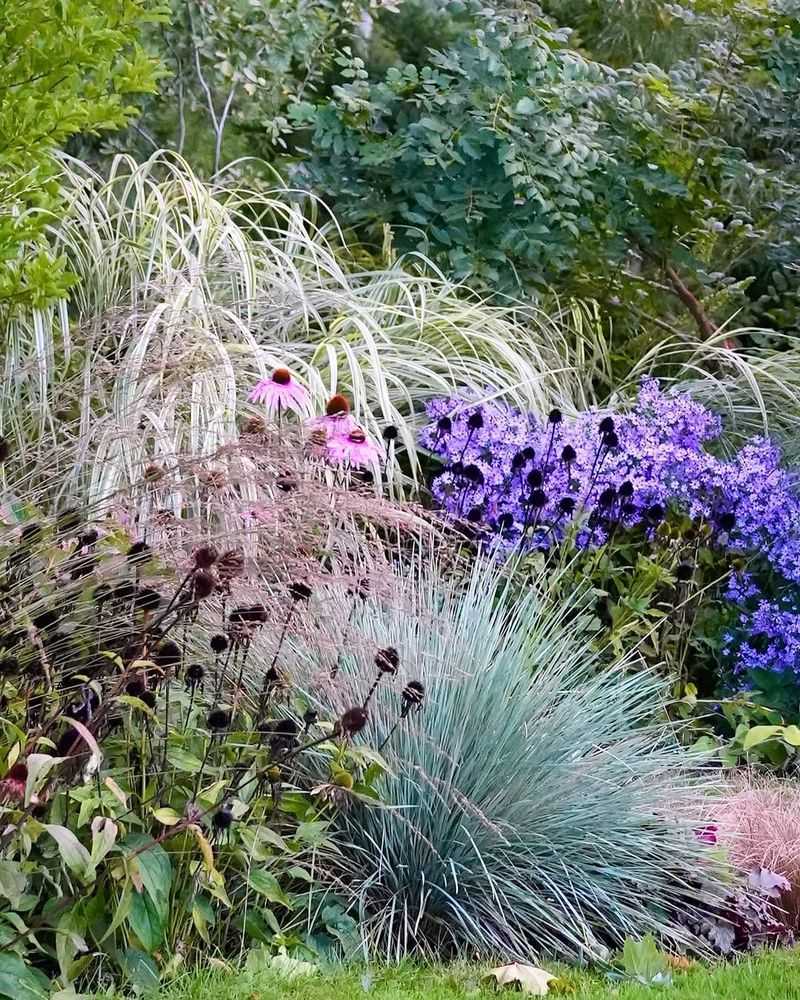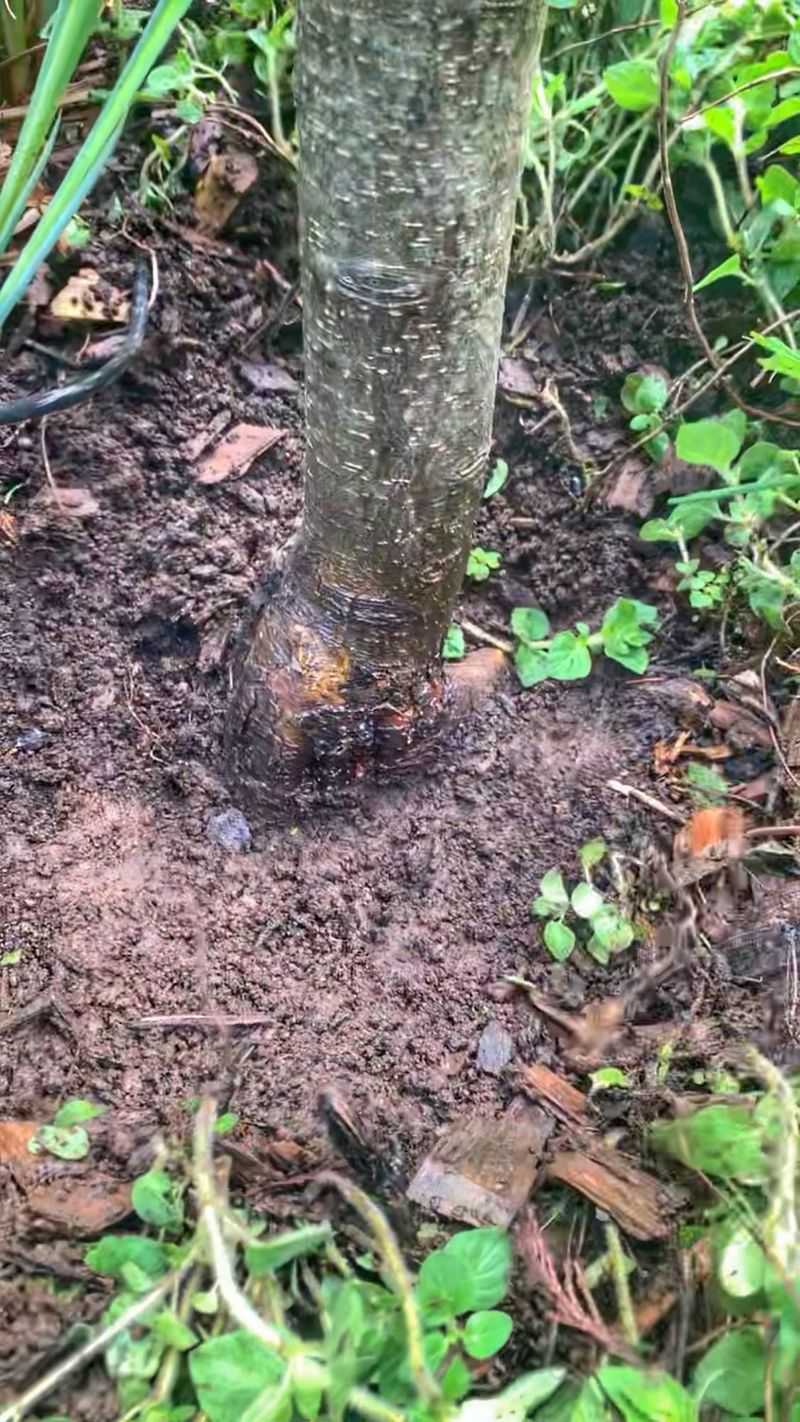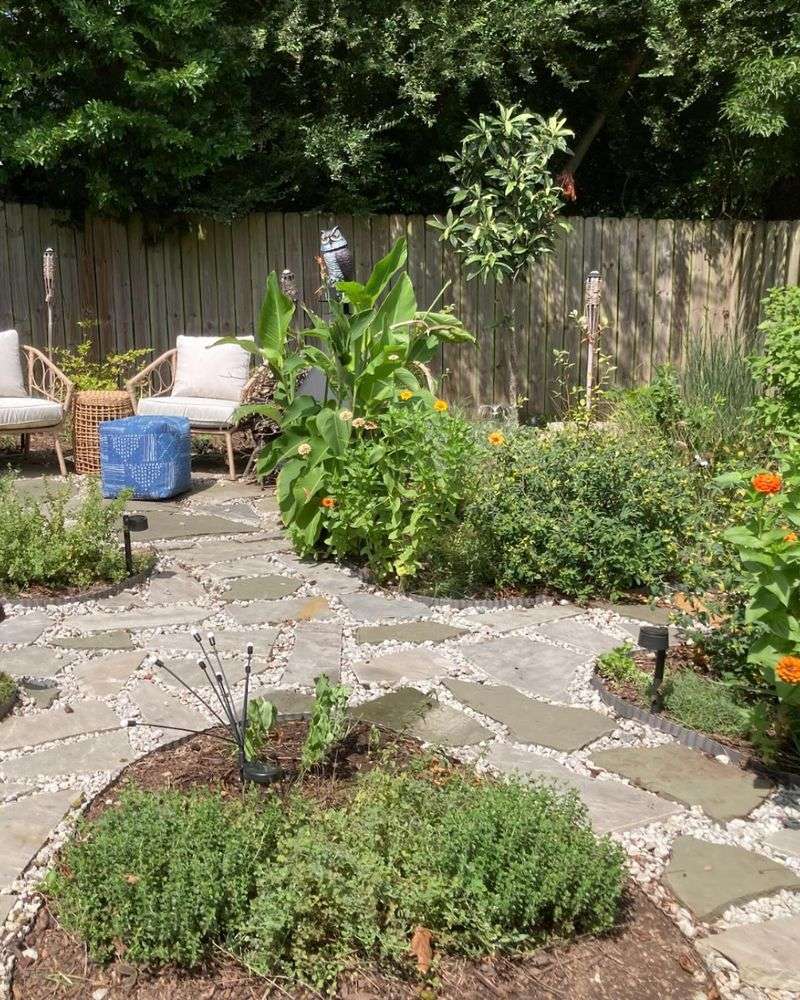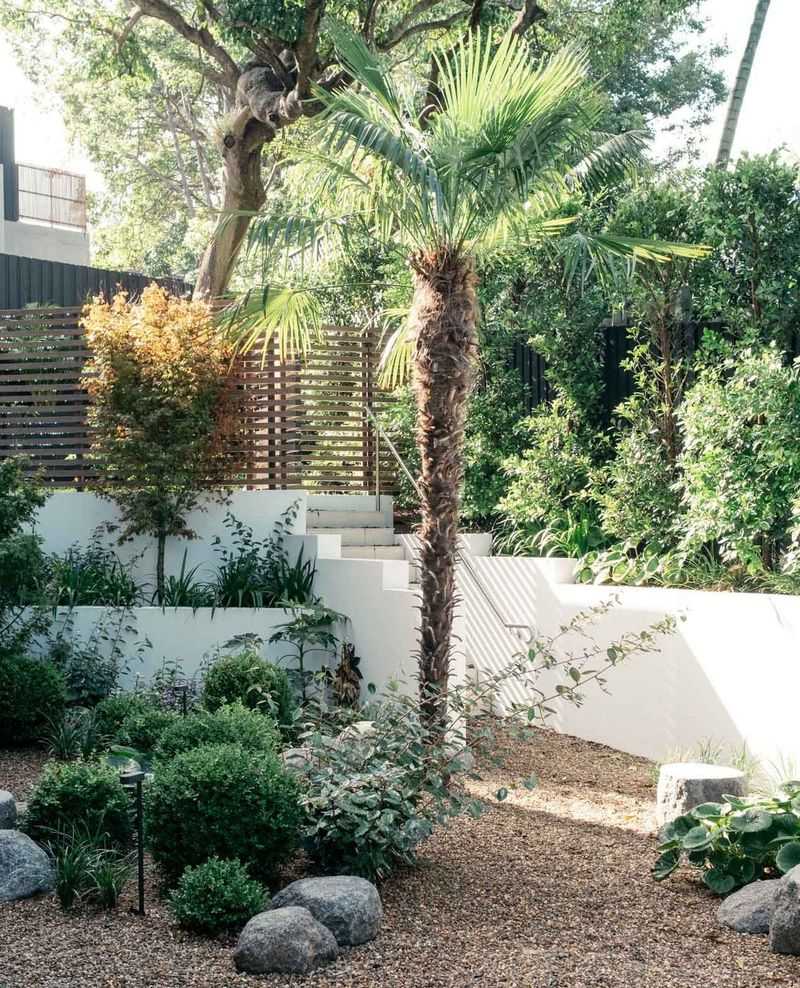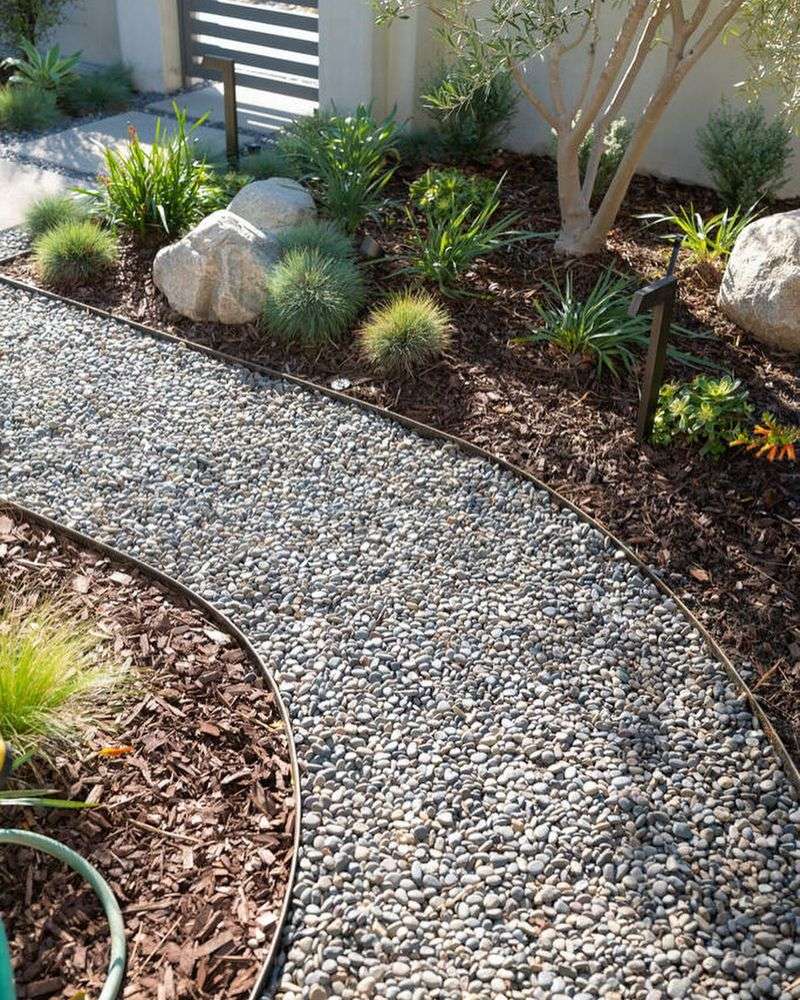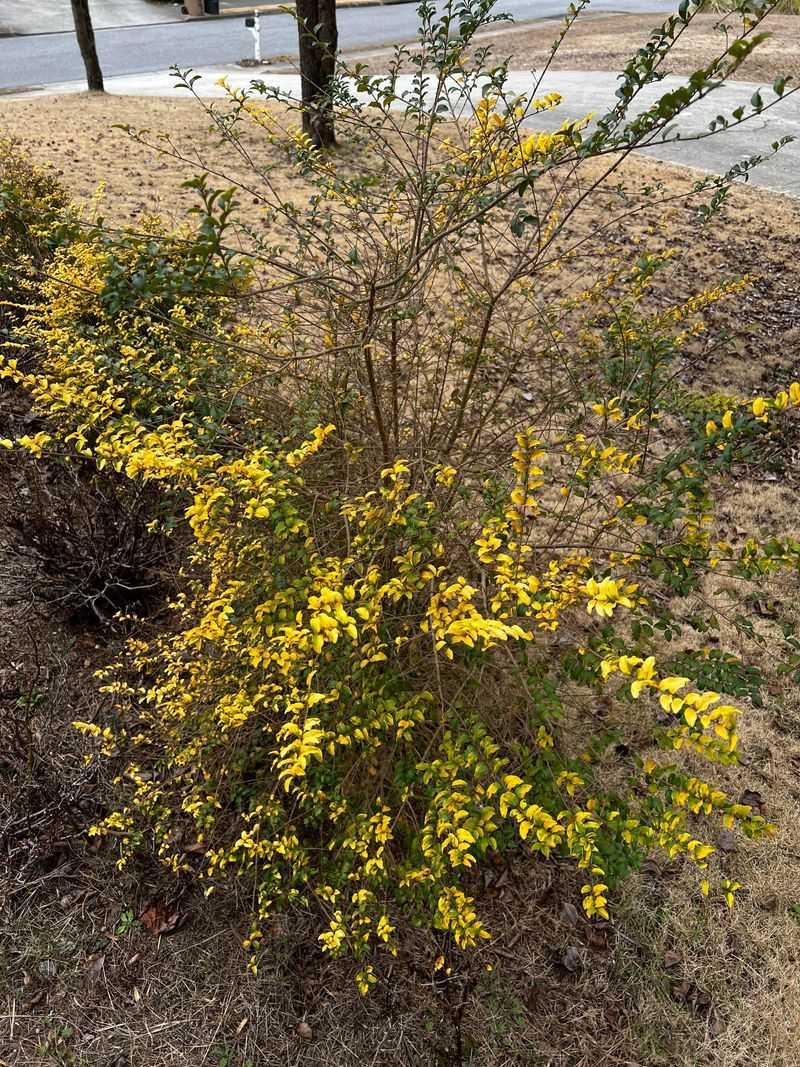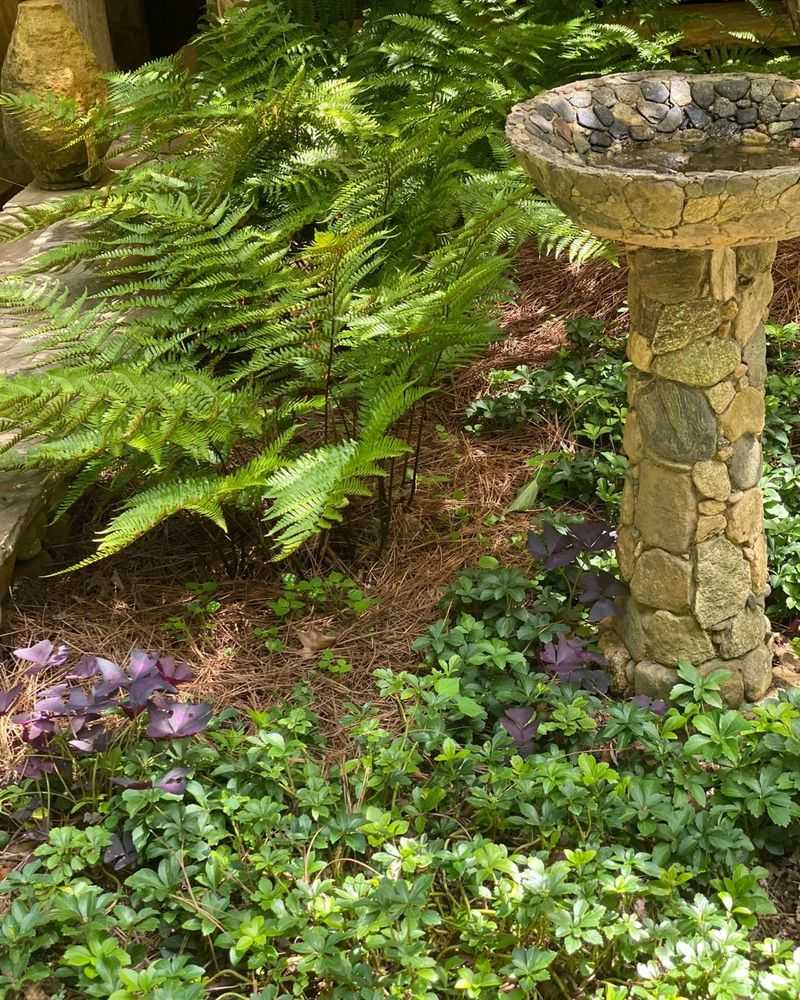Creating a beautiful yard isn’t always as simple as planting your favorite flowers and hoping for the best. I’ve learned (sometimes the hard way) that certain choices—like the wrong plant in the wrong spot—can cost time, money, and patience.
The good news? Most of these missteps are totally avoidable once you know what to look out for. In my early landscaping attempts, I made nearly every beginner mistake in the book—from overcrowding beds to forgetting about proper drainage. It was frustrating watching things wither after all that effort.
But with each mishap, I picked up a lesson that made the next try a little easier. If you’re dreaming of a lush, low-stress yard, it helps to know what not to do just as much as what to do. A few smart decisions early on can save you hours of maintenance down the line—and spare you the heartbreak of dead plants that never stood a chance.
1. Planting Without A Plan
Randomly adding plants wherever there’s space creates a chaotic look that lacks visual harmony. I’ve made this mistake in my first garden, ending up with tall plants blocking shorter ones and clashing colors that made my yard look disorganized.
A better approach involves sketching your yard and planning plant placement based on mature sizes, bloom times, and color schemes. Consider how plants will look together throughout different seasons.
Start with a simple design focusing on a few key areas rather than tackling the entire yard at once. This methodical approach saves money and prevents the overwhelming feeling of maintaining too many new plantings simultaneously.
2. Ignoring Your Soil Quality
Many gardening failures trace back to poor soil conditions. Years ago, I planted a gorgeous hydrangea in my clay-heavy yard without amending the soil, and watched it struggle for seasons before finally giving up.
Good soil provides essential nutrients and proper drainage that plants need to thrive. Before planting anything, get your soil tested to understand its composition and what amendments it needs.
Adding organic matter like compost improves almost any soil type. For clay soil, add materials that increase drainage. For sandy soil, incorporate components that retain moisture better. Your plants will reward you with stronger growth and fewer problems.
3. Overcrowding Plants
Squeezing too many plants into a small space might look lush initially, but creates long-term problems. During my early gardening days, I crammed dozens of perennials into a tiny bed, only to spend the next few years dividing and relocating them.
Plants need room to reach their mature size. When crowded, they compete for water, nutrients, and sunlight, leading to weak growth and increased disease problems.
Always check plant tags for spacing recommendations and plan accordingly. Remember that proper spacing might look sparse at first, but patience pays off as plants fill in naturally. Your garden will be healthier, require less maintenance, and look more professionally designed.
4. Choosing The Wrong Plants For Your Climate
Falling in love with plants that aren’t suited for your growing zone leads to frustration and wasted money. My obsession with blue hydrangeas led to three failed attempts before I accepted they wouldn’t survive my hot, dry climate.
Every region has specific growing conditions including temperature ranges, rainfall patterns, and humidity levels. Plants evolved to thrive in particular environments struggle when forced to grow elsewhere.
Research your USDA hardiness zone and select plants that naturally grow well there. Native plants are especially good choices since they’ve adapted to local conditions over thousands of years. They typically require less water, fertilizer, and pest control than exotic varieties.
5. Improper Watering Techniques
Shallow, frequent watering encourages weak root systems that can’t withstand drought. I learned this lesson after losing several shrubs during a hot summer despite regular sprinkler use.
Roots grow where water is available. When you water lightly every day, roots stay near the surface where soil dries quickly. Deep, infrequent watering encourages roots to grow downward, accessing moisture reserves during dry periods.
Water deeply once or twice weekly rather than daily light sprinklings. Apply water directly to the soil rather than leaves, which can promote fungal diseases. Early morning is ideal for watering, giving plants time to dry before evening while minimizing evaporation losses.
6. Neglecting Proper Mulching
Skipping mulch or applying it incorrectly robs your landscape of numerous benefits. My first attempt at mulching involved piling it against tree trunks like volcanoes – a practice I later learned damages bark and encourages pests.
Proper mulching conserves moisture, suppresses weeds, moderates soil temperature, and adds organic matter as it breaks down. It also creates a finished look that makes plantings appear more professional.
Apply a 2-3 inch layer of mulch around plants, keeping it several inches away from stems and trunks. Refresh mulch annually, but don’t add new layers over old ones repeatedly, as this can suffocate roots and create drainage problems.
7. Forgetting About Maintenance Needs
Creating a landscape without considering ongoing care requirements leads to overwhelming maintenance demands. The formal hedge I installed looked stunning initially but required constant trimming that consumed my weekends.
Every plant and landscape feature needs some level of maintenance. Elaborate designs with numerous plant varieties, extensive pruning needs, or water-hungry species demand significant time and effort to maintain.
Be realistic about how much time you’re willing to spend on yard work. Low-maintenance doesn’t mean boring – many beautiful, interesting plants require minimal care. Group plants with similar needs together to streamline watering and other maintenance tasks.
8. Poor Lawn Care Practices
Mowing grass too short stresses the plants and creates opportunities for weeds to establish. For years, I cut my lawn extremely short, thinking it would mean mowing less often – instead, I ended up with patches of dead grass and lots of weeds.
Healthy lawns depend on proper mowing height, appropriate watering, and occasional feeding. Different grass types have different ideal cutting heights, but most benefit from being kept at least 2.5-3 inches tall.
Follow the one-third rule: never remove more than one-third of the grass blade length in a single mowing. Leave clippings on the lawn when possible to return nutrients to the soil. Consider overseeding annually to maintain thickness that naturally crowds out weeds.
9. Ignoring Proper Drainage
Water pooling in your yard after rain creates numerous problems from rotting plants to foundation damage. After heavy storms, my backyard would become a mini-lake for days until I finally addressed the underlying drainage issues.
Standing water drowns plant roots, attracts mosquitoes, and can even damage structures. Proper grading directs water away from buildings and prevents pooling in garden areas.
Solutions vary depending on your situation. French drains, rain gardens, dry creek beds, or simply regrading areas can resolve most drainage problems. Address these issues before installing plants or hardscaping to avoid costly repairs later.
10. Overlooking Four-Season Interest
Focusing only on summer blooms leaves your landscape dull and uninteresting for much of the year. My early garden dazzled in June but looked bare and lifeless from October through April.
A thoughtful landscape offers visual appeal in every season through varied plant selections. Winter interest comes from evergreens, interesting bark, persistent berries, and structural elements like arbors or garden art.
Include plants with different peak seasons – spring bulbs, summer flowers, fall foliage, and winter texture. Incorporate hardscape elements that look good year-round. This approach creates a landscape that remains engaging regardless of the season.
11. Improper Tree Planting
Planting trees too deeply is a common mistake that leads to slow growth or eventual death. When my carefully selected maple started declining after planting, I discovered I’d buried the root flare several inches below grade.
Trees need their root flares (where the trunk widens at the base) to be at or slightly above ground level. Planting too deeply restricts oxygen to roots and can cause trunk rot.
Before planting, locate the root flare and make sure your planting hole is wide but not too deep. Remove any burlap, wire baskets, or container materials completely. Water thoroughly after planting and apply mulch in a flat layer, never piled against the trunk.
12. Creating Tiny, Scattered Beds
Small, isolated planting beds scattered throughout the lawn create a choppy appearance and make maintenance more difficult. My initial landscape featured a dozen small circular beds that required endless edging and were difficult to mow around.
Larger, connected planting areas create more visual impact and provide better growing environments for plants. They also reduce the amount of edging needed and simplify mowing patterns.
Consider combining smaller beds into larger, flowing landscape areas connected by paths or other design elements. This approach creates a more cohesive look while potentially reducing the total lawn area that needs mowing and maintenance.
13. Neglecting Hardscaping Elements
Focusing exclusively on plants while ignoring hardscape features leaves a landscape looking incomplete. My plant-centered approach initially left my yard lacking structure during winter months when perennials died back.
Hardscaping elements like paths, walls, fences, and patios provide year-round structure and functionality. They create spaces for outdoor living, define different garden areas, and offer visual interest even when plants are dormant.
Invest in quality hardscaping materials that complement your home’s architecture and your garden style. Even simple elements like a curved path or stone bench can dramatically improve the overall design. Balance hardscape and softscape elements for a complete landscape.
14. Poor Edging Choices
Flimsy plastic edging that heaves out of the ground creates an untidy appearance rather than a clean division. After battling with cheap edging that constantly popped up, I switched to steel edging that’s remained perfectly in place for years.
Quality edging materials define the boundaries between different landscape areas while keeping mulch and soil in place. They also create clean mowing edges that reduce trimming time.
Consider more substantial edging options like metal, stone, or concrete for long-term performance. Trench edging (a simple V-shaped cut between lawn and beds) can also work well with regular maintenance. Whatever style you choose, install it properly to prevent shifting over time.
15. Improper Pruning Techniques
Randomly shearing shrubs into balls or cubes damages plants and creates unnatural forms. My neighbor’s once-beautiful flowering shrubs produce fewer blooms each year due to improper timing and technique when pruning.
Different plants require different pruning approaches. Flowering shrubs typically need pruning at specific times based on when they form flower buds. Some benefit from selective thinning rather than overall shearing.
Learn the correct pruning technique and timing for each plant species in your yard. Remove dead or crossing branches first, then selectively prune to maintain natural form. Avoid the temptation to turn every shrub into a geometric shape unless you’re specifically creating a formal hedge.
16. Forgetting About Wildlife Impact
Creating a landscape that ignores local wildlife misses opportunities for both pest control and enjoyment. Adding bird-friendly features to my yard reduced insect problems while providing endless entertainment watching feathered visitors.
Birds, beneficial insects, and even some mammals contribute to garden health by pollinating plants and controlling pest populations. Native plants specifically support local wildlife that has evolved alongside them.
Incorporate plants that provide food and shelter for beneficial creatures. Include water sources like birdbaths or small ponds. Reduce chemical use that might harm helpful species. The resulting ecosystem becomes more balanced, often requiring less intervention to maintain plant health.

